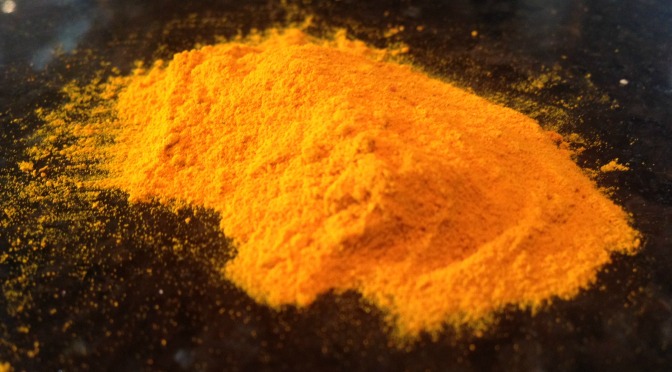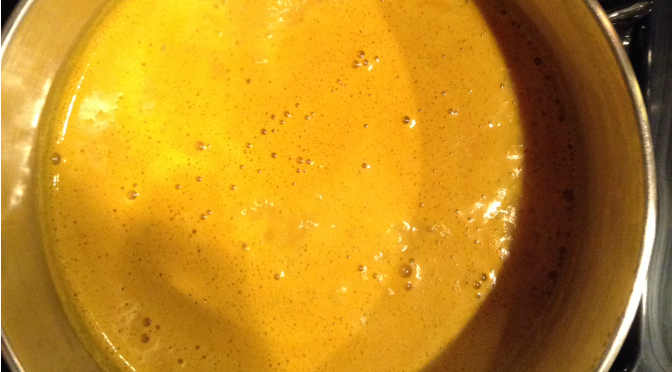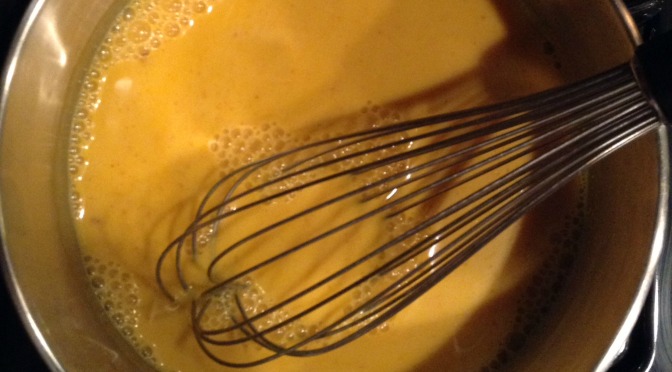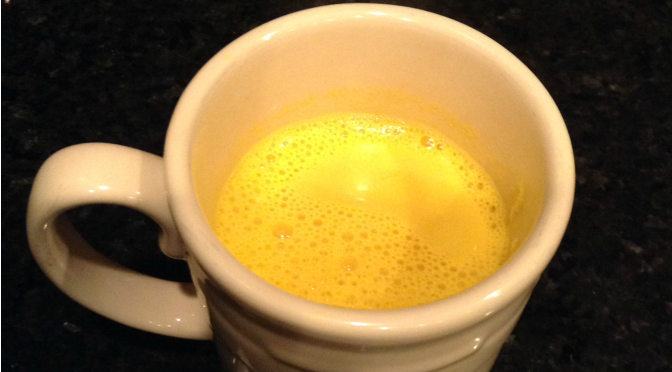I recently shared a recipe for Turmeric, or “Golden”, Milk as a way to incorporate the inflammation fighting powers of this spice into your everyday diet. Now, I’ve amped it up a bit with the addition of Black Pepper and Coconut oil. The addition of the pepper and a fat are reported to increase the benefits of Turmeric.
As an added bonus, the warm and frothy (non-dairy) milk makes the perfect sleep aid! Make this before bedtime and enjoy a peaceful night’s sleep.
Turmeric Latte
Ingredients
- 2 cups non -dairy milk (I used a combination of Coconut and Almond for this recipe)
- 1 tsp. coconut oil
- 1 tsp fresh or ground Turmeric
- 1/8 tsp. black pepper
- 1 drop of doTERRA™ Cinnamon essential oil
Combine ingredients in a small saucepan and bring to a boil whisking constantly. Reduce to a simmer for 2 minutes. Whisk again immediately before serving to make the milk frothy (like a latte!) and enjoy.




